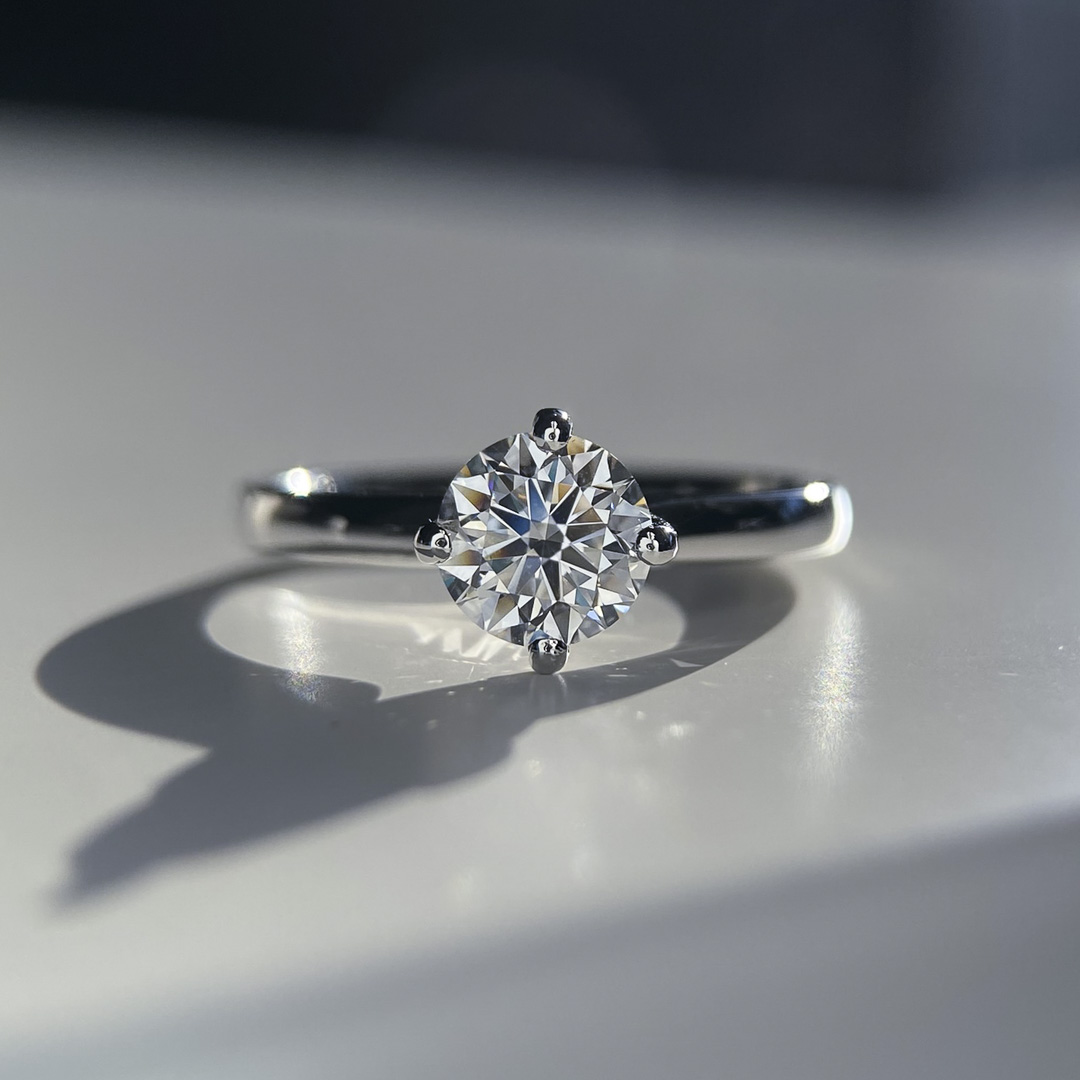
When it comes to choosing the perfect lab grown diamond rings platinum vs gold, the choice of metal is just as crucial as the diamond itself. In this article, we will delve into the pros and cons of platinum and gold settings, providing a comprehensive overview to help you make an informed decision.
Understanding Lab Grown Diamonds
Lab grown diamonds, also known as synthetic or man-made diamonds, are created in controlled environments using advanced technology. They possess the same physical, chemical, and optical properties as natural diamonds. This makes them an attractive and ethical alternative for engagement rings and other fine jewelry.
Why Choose Lab Grown Diamonds?
Opting for lab grown diamonds offers numerous benefits, including ethical sourcing, cost-effectiveness, and a reduced environmental impact. Unlike natural diamonds, which can be linked to unethical mining practices, lab grown diamonds are conflict-free. Typically, they are priced significantly lower than their natural counterparts, allowing for a more extensive selection of designs and settings. Moreover, the production of lab grown diamonds generally has a lower environmental footprint compared to traditional diamond mining.
Platinum: The Premium Choice
Characteristics of Platinum
Platinum is a dense, malleable metal that is highly resistant to tarnish and corrosion. Its naturally white hue makes it an excellent choice for showcasing the brilliance of lab grown diamonds.
Pros of Platinum Settings
Platinum is one of the strongest metals, making it less prone to scratches and damage. It retains its form and beauty over time, providing a lasting quality that many couples seek. Additionally, platinum is hypoallergenic, making it ideal for those with sensitive skin. The rarity and density of platinum also lend an air of luxury to any piece of jewelry, elevating the overall aesthetic.
Cons of Platinum Settings
However, there are some considerations with platinum. Its weight may be a factor for those who prefer a lighter feel. Furthermore, platinum is generally more expensive than gold, which might stretch budgets, especially for larger rings. While platinum is durable, it does require periodic polishing to maintain its shine, as it can develop a patina over time.
Gold: The Classic Option
Characteristics of Gold
Gold, available in various karats and colors such as yellow, white, and rose, offers versatility and timeless elegance. The karat number indicates the purity of the gold, with higher numbers signifying more gold content.
Pros of Gold Settings
Gold settings can be more budget-friendly, particularly when opting for 14k or 18k options. The variety available in gold allows for greater customization, enabling you to choose the perfect hue to match your personal style. Additionally, gold is lighter than platinum, which some may find more comfortable for everyday wear.
Cons of Gold Settings
However, gold does have its drawbacks. It is softer than platinum, making it more susceptible to scratches and dents, especially in lower karat options. Some individuals may experience allergic reactions to alloys used in white gold, such as nickel. Over time, gold may lose its luster or color, particularly if it is not properly cared for, which could affect its long-term appearance.
Comparing Aesthetics: Platinum vs Gold
When choosing between platinum and gold for your lab grown diamond ring, aesthetics play a vital role. The brilliant white finish of platinum enhances the sparkle of lab made diamonds, creating a striking visual contrast. On the other hand, the warmth of gold can add a classic charm that many find appealing. Each metal has its unique allure, and the choice ultimately depends on personal preference.
Final Thoughts: Making Your Choice
In the end, the decision between platinum and gold for your lab grown diamond ring should reflect your individual style and lifestyle. Consider factors such as durability, maintenance, and comfort when making your choice. Both metals have their unique attributes that can beautifully complement your lab grown diamond, ensuring that your ring not only looks stunning but also meets your practical needs.

